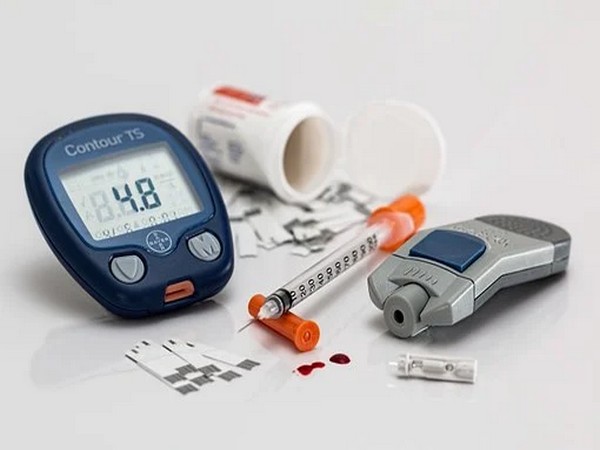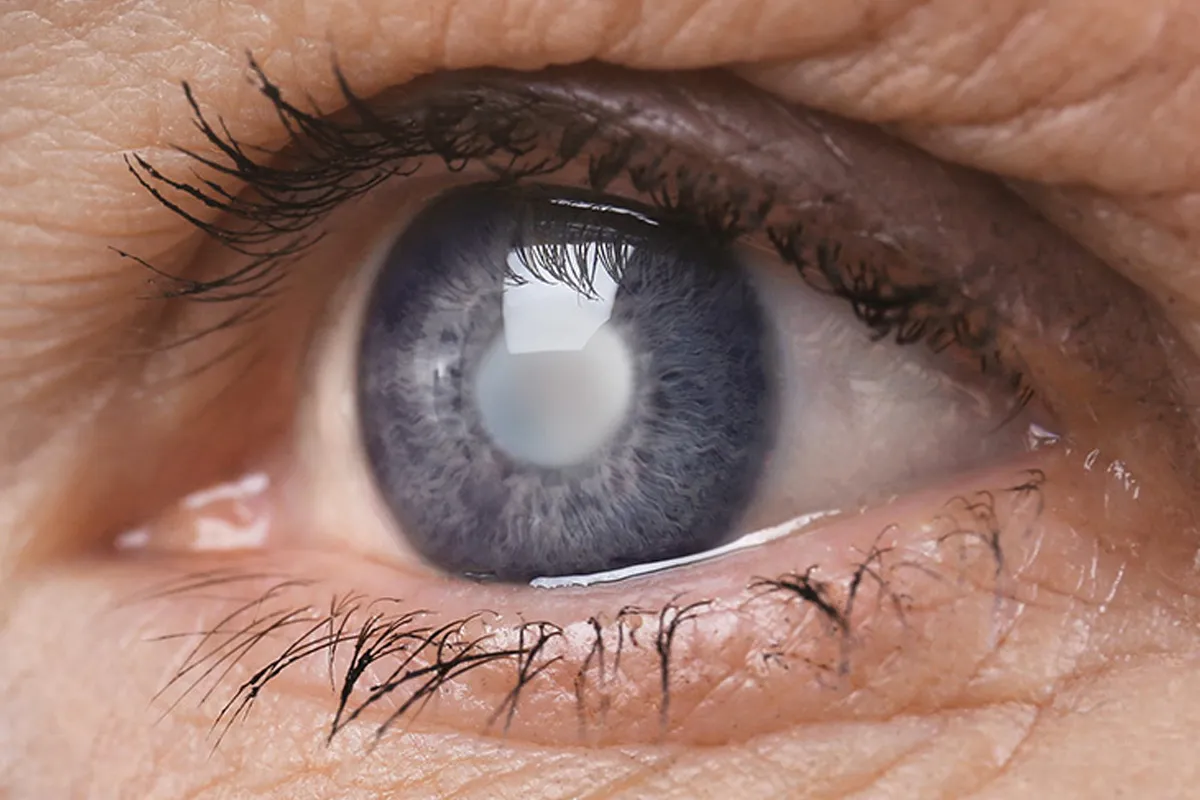The word “diabetes” evokes conversations around diet, visits to a diabetologist, and checking blood sugar. While this is important, the impact of diabetes on eye health is not discussed often. There are many effects, but we give them a pass because we think nothing happens to the eyes due to diabetes. We seek the advice of an ophthalmologist only when the impact is visible and the eyes begin to exhibit different problems. In fact, we should know that there are many myths around diabetes and eye sight, and it is important to be aware of these in order to seek treatment if you experience eye problems. Understanding and busting these myths is important on the occasion of World Diabetes Day.
Myth 1: I can understand my eye problem, if something is serious with it.
Reality: With many types of eye disorders, patients usually don’t notice any symptoms unless their eyes are examined by an ophthalmologist.
Myth 2: Only Type 1 diabetes patients are impacted by diabetic retinopathy.
Reality: Anyone with diabetes can get diabetic eye disease; it doesn’t discriminate between Type 1 and Type 2 diabetes. It can also affect someone with gestational diabetes.
Myth 3: Diabetic retinopathy can lead to blindness.
Reality: Careful management of your diabetes by consulting your diabetologist and eye doctor on regular basis is the best way to prevent vision loss.
Myth 4: I’m in a very early stage of diabetes, so I don’t need an eye examination.
Reality: An eye examination is done as soon as you are diagnosed with diabetes. From then on, eye checkups are done based on the eye doctor’s advice. According to a study, patients with early and type 2 diabetes have retinopathy at the time of their first diagnosis of diabetes.
Myth 5: Cataract protects from diabetic retinopathy.
Reality: No. Because of the opaque lens, doctor cannot see the damaged retina behind the lens. This can lead to a delay in seeking treatment.
Myth 6: Insulin treatment causes blindness.
Reality: False. If used at the right time, insulin can prevent blindness.
Myth 7: I got new glasses, and now my vision is alright; that means my eyes are healthy.
Reality: Many times, the conditions that affect the eye in a patient with diabetes, like proliferative retinopathy, retinal bleeding and detachment, and glaucoma, are all silent, with the patient enjoying clear vision until it’s too late. Many serious eye diseases do not affect central vision until late in their genesis.
Proper care of your eyes is essential for maintaining good vision, especially for diabetic patients, who are at higher risk of losing their vision. It is also good to go in for an annual eye check-up to prevent eye-related problems. Above all, maintain a lifestyle that includes regular physical activity and healthy eating to better manage your blood glucose levels.
Dr Minija C.K. is a senior consultant at the Department of Medical Retina, Uvea and Cataract, Sankara Eye Hospital in Bangalore.























